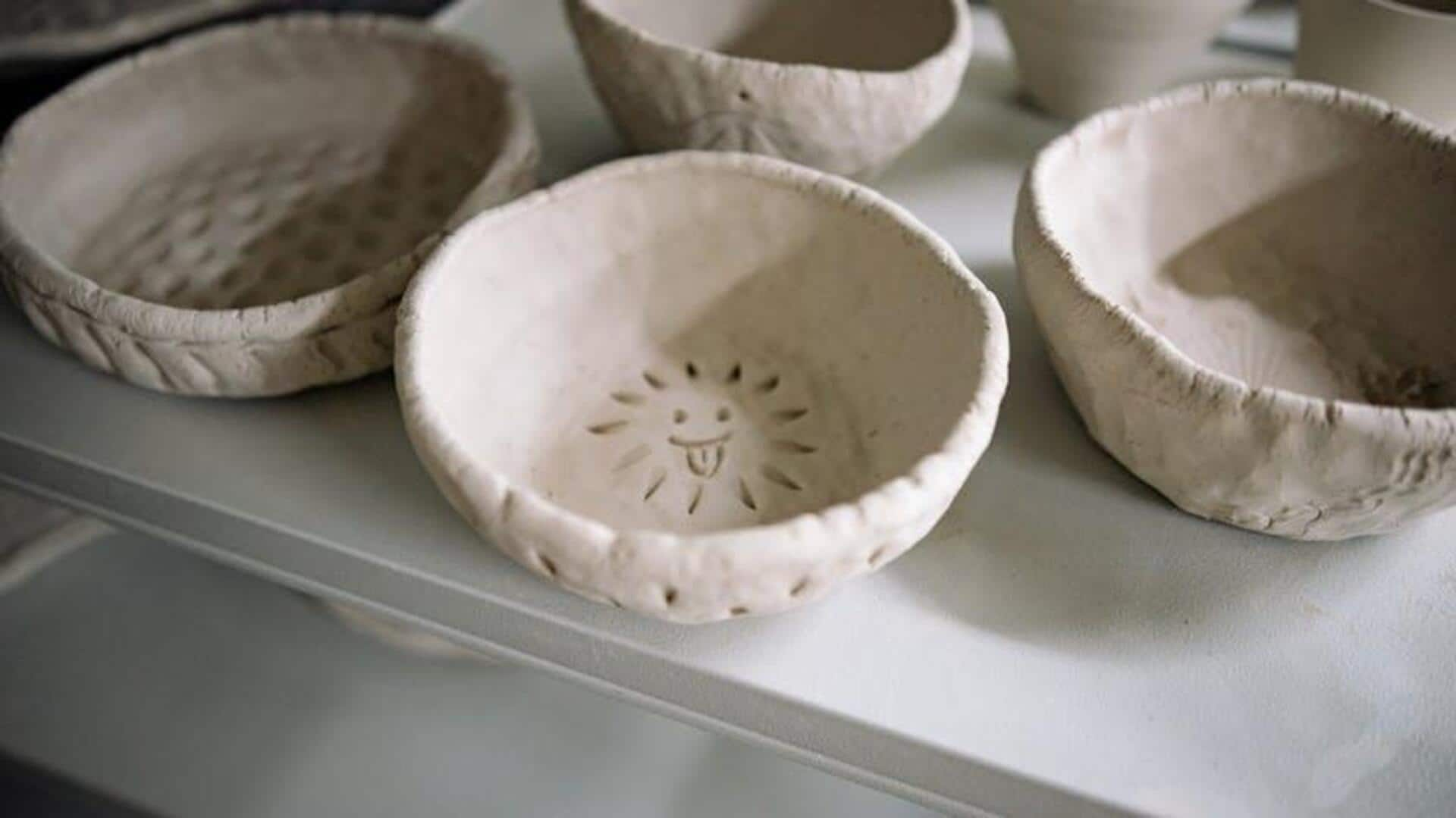
Want to try clay animation? Here's how to start
What's the story
Clay animation, or claymation, is a type of stop-motion animation that involves manipulating malleable objects (typically clay) to bring characters and scenes to life.
It's a fun and powerful medium for storytelling and communication.
This article provides tips on how to get started with clay animation projects on a budget in Africa. It emphasizes materials, tools, and techniques that are low-cost and locally available.
Local clay
Utilize local materials for clay
The cheapest way to do clay animation? Use local materials!
In Africa, you can often get natural clay straight from the ground for free or almost free. It's a great way to save money and give your work a unique, homemade feel.
Try testing different soils and natural pigments from your area to discover new textures and colors for your animations.
Homemade tools
DIY tools and equipment
Don't spend a fortune on tools for sculpting and animating clay characters. Get creative and make your own or repurpose stuff you find around the house!
Toothpicks, wire, spoons, and plastic cutlery make great sculpting tools.
For animating, your smartphone or a basic digital camera along with free stop-motion software available online are perfect to start with.
Saving money and being resourceful - that's the way to do it!
Digital learning
Leverage free online resources
The internet is overflowing with free resources! Tutorials, guides, and forums await claymation enthusiasts on every corner of the web.
Platforms like YouTube are goldmines for step-by-step videos. Learn to shape your first character, or dive deep into the world of complex animation techniques.
And don't forget to join online communities! They offer support, inspiration, and feedback from fellow animators worldwide.
Community projects
Collaborate with local artists
Working with local artists or community groups on clay animation projects is not only cost-effective but also promotes a sense of community engagement.
Collaborations like these often provide access to shared resources such as studio space or more advanced equipment that you might not have on your own.
Plus, pooling everyone's unique skills and creative ideas can significantly improve the quality and storytelling capabilities of your animations.
Sustainability practices
Recycle and reuse materials
Going green by recycling and reusing materials is great for the environment and your project budget.
Old newspapers, cardboard boxes, and fabric scraps are perfect for set designs or props, and those leftover bits of clay shouldn't be thrown away - store them properly and use them in your next project.
By following these tips, you'll foster resourcefulness and creativity while reducing the waste produced by your projects.